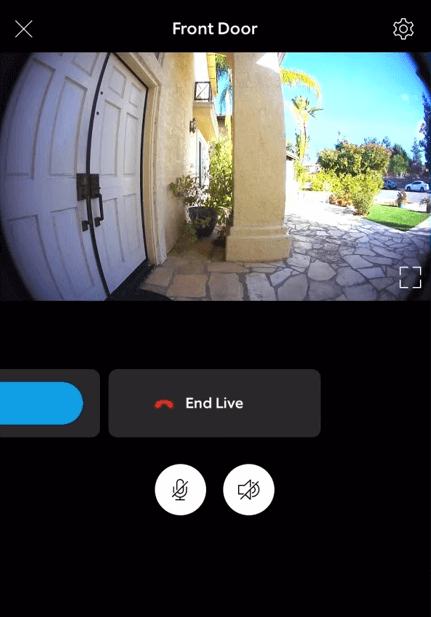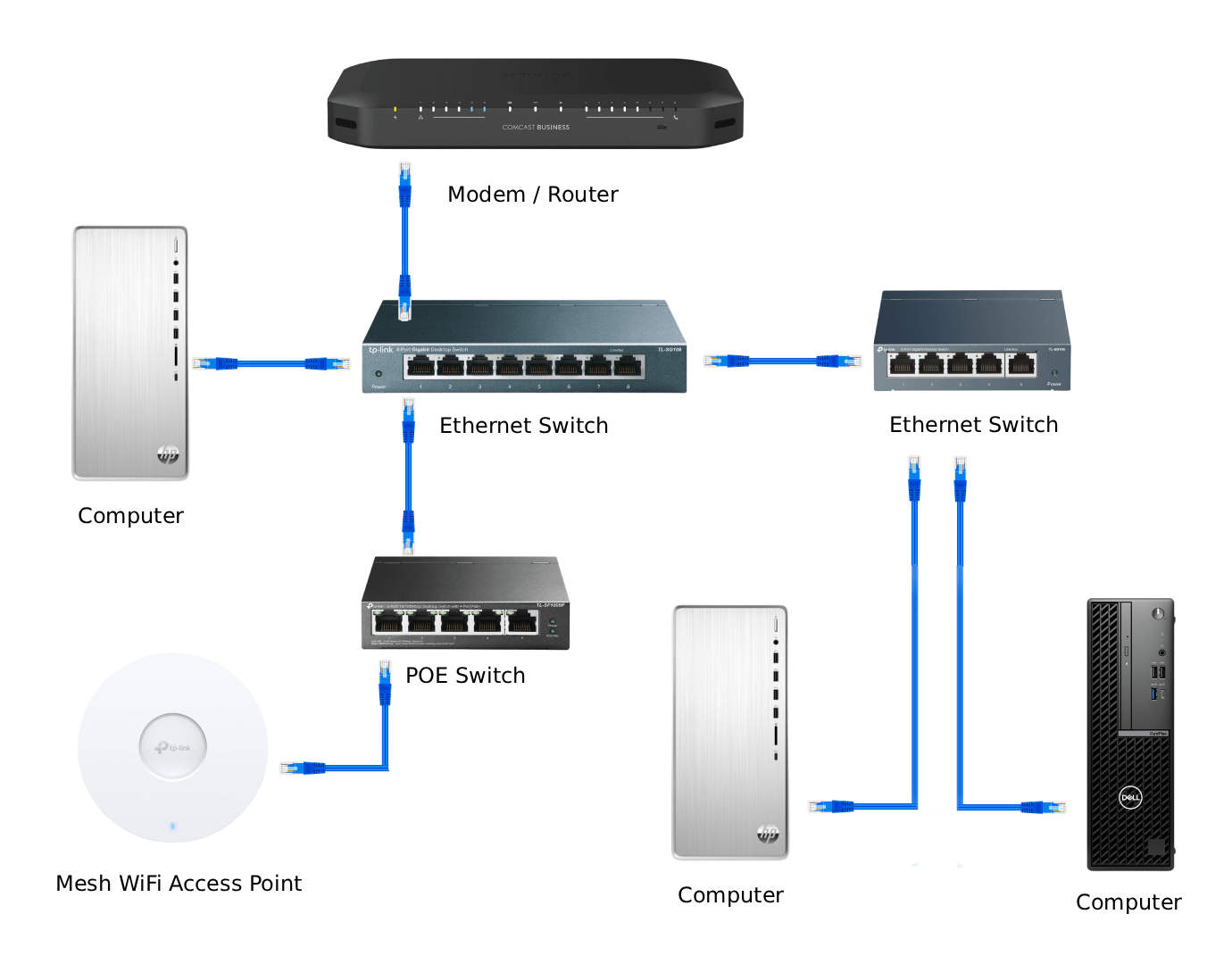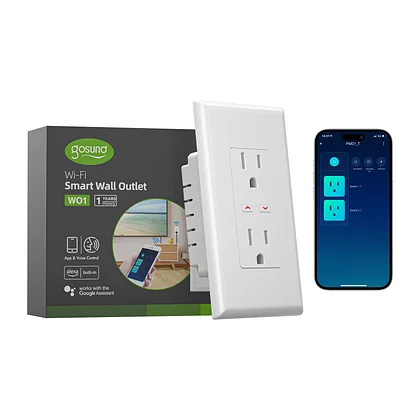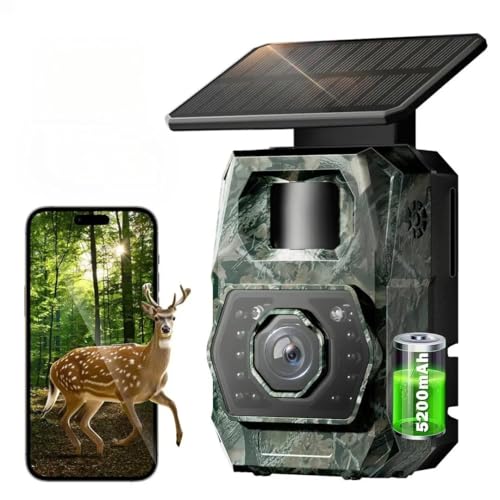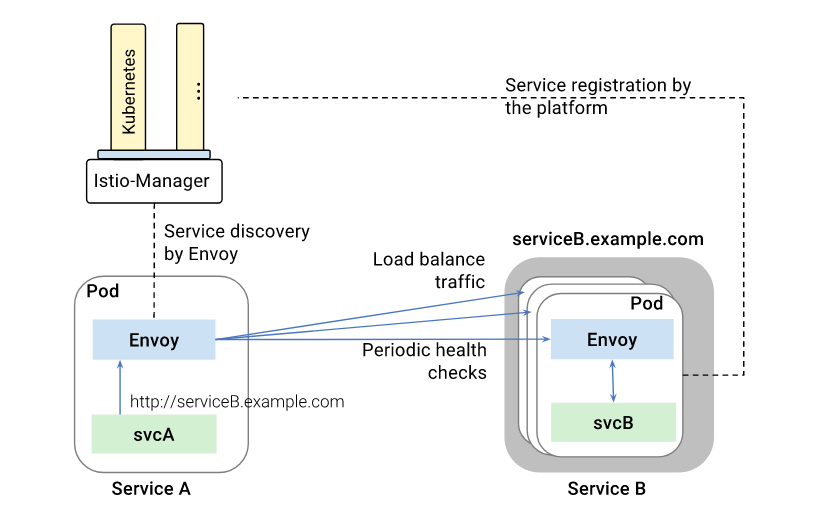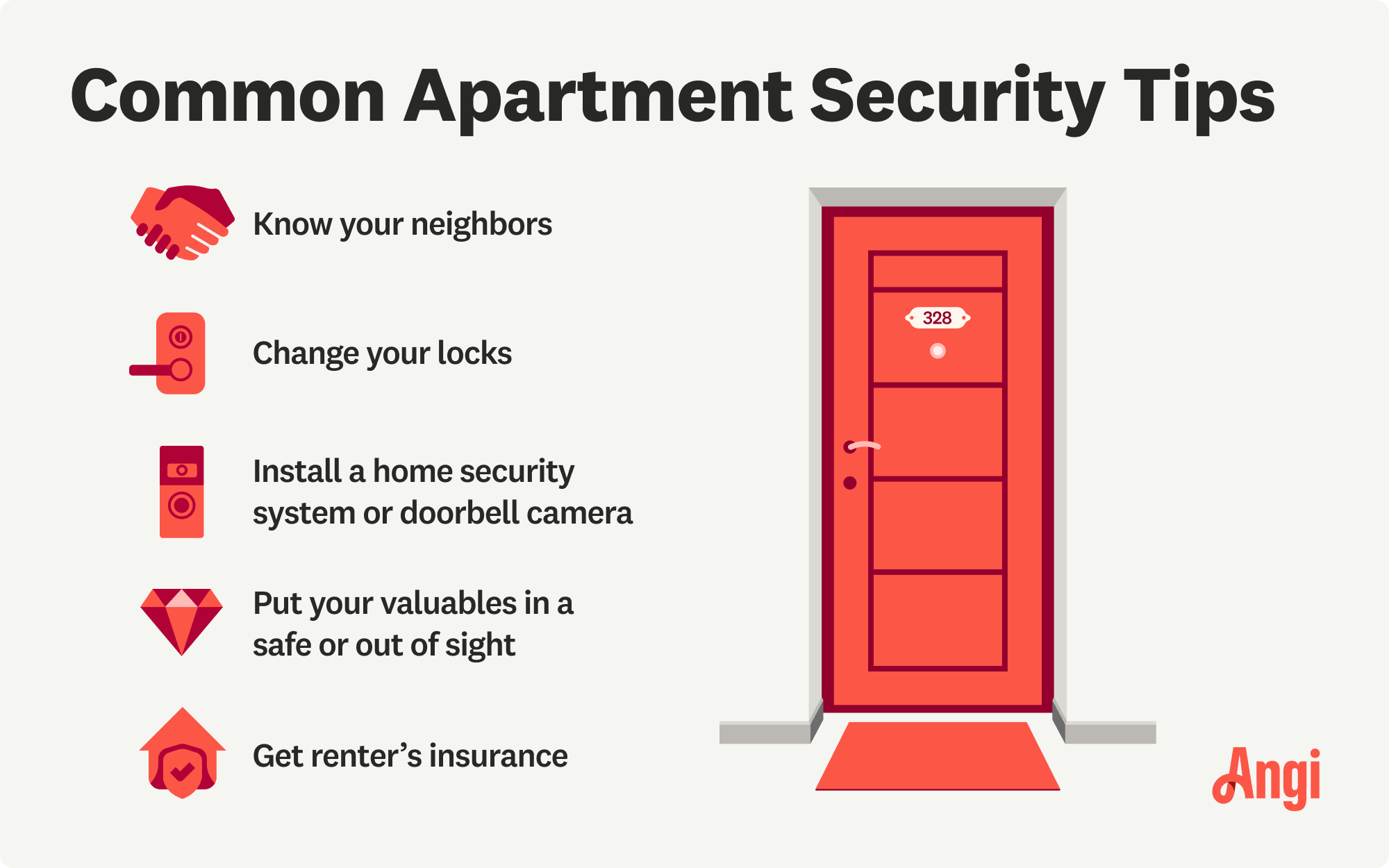Want to keep your home safe and know exactly what’s happening right at your doorstep? A driveway camera is one of the best tools to give you peace of mind.
But how do you choose the right one, set it up for perfect coverage, and get the most out of its features? This article will share simple, smart tips that anyone can use to boost your driveway security. Read on to discover how to protect your home better and make your driveway camera work harder for you.

Credit: www.eufy.com
Choosing The Right Camera
Picking the right driveway camera is important for home safety. The camera you choose should fit your needs and environment.
There are many types of cameras, with different features. Knowing what to look for helps you get the best option.
Camera Types For Driveways
There are wired and wireless cameras for driveways. Wired cameras need cables, while wireless cameras use Wi-Fi.
Some cameras have a fixed view, and others can pan or tilt. Choose one that covers your driveway fully.
- Wired cameras offer stable connections
- Wireless cameras are easy to install
- Fixed cameras have a set viewing angle
- Pan-tilt cameras can move to cover more
Resolution And Night Vision
High resolution means clear images. Look for cameras with at least 1080p resolution for good detail.
Night vision helps capture footage in the dark. Infrared LEDs are common for night vision cameras.
- 1080p or higher resolution is best
- Infrared night vision works in total darkness
- Color night vision shows clearer images
Weatherproof Features
Driveway cameras must handle rain, wind, and sun. Check for weatherproof ratings like IP65 or higher.
Good weatherproof cameras last longer and work well in all seasons. This keeps your home safe year-round.
- IP65 means dust and water resistance
- Look for cameras with durable cases
- Some cameras have built-in heaters for cold weather
Optimal Camera Placement
Placing your driveway camera correctly is key to good security. The right spot helps capture clear images and covers the needed area.
Poor placement can cause blind spots or unclear footage. Use these tips to find the best locations for your camera.
Best Angles For Coverage
Choose angles that show the whole driveway clearly. Aim the camera to cover entrances and exits well.
Try to avoid pointing the camera directly into bright light like the sun. This can wash out the picture.
- Face the camera toward the driveway entrance
- Angle it slightly downward to cover the ground
- Use a wide-angle lens for more coverage
- Avoid pointing at reflective surfaces
Avoiding Blind Spots
Blind spots let people go unseen by the camera. Check for areas hidden by trees, walls, or cars.
Move the camera or add extra cameras to cover these spots fully. Make sure every part of the driveway is visible.
- Scan your driveway for hidden corners
- Place cameras to cover overlapping zones
- Trim plants or objects blocking view
- Test camera views at different times of day
Height And Distance Tips
Mount cameras at the right height to catch faces and license plates. Too high or low can reduce detail.
Keep a good distance so the camera captures the full driveway without losing image quality.
- Place cameras 7 to 10 feet above the ground
- Keep cameras 10 to 20 feet from key areas
- Adjust tilt to focus on vehicle details
- Use zoom or higher resolution for far distances
Installation Essentials
Installing a driveway camera needs careful planning. This helps keep your home safe and secure.
Knowing the basics about wiring, power, and mounting makes installation easier.
Wiring Vs Wireless Options
Wired cameras connect with cables to your power and system. They offer steady signals and no battery worries.
Wireless cameras use Wi-Fi and batteries. They are easier to move and install but need charging or battery changes.
- Wired: stable connection, needs cable setup
- Wireless: flexible placement, requires power management
- Choose based on your driveway layout and needs
Power Supply Choices
Cameras need power from electricity or batteries. Choose what fits your setup best.
Electric power is constant but may require drilling for cables. Batteries offer freedom but need regular charging.
- Electric power: reliable, requires wiring
- Battery power: easy install, needs maintenance
- Solar power: good for sunny spots, eco-friendly
Securing The Camera Physically
Make sure the camera is firmly fixed to avoid theft or damage. Use strong mounts and screws.
Place cameras high and out of easy reach. Check the angle to cover the whole driveway.
- Use weatherproof mounts for outdoor use
- Tighten screws and use lock nuts if possible
- Test the camera angle before final fixing

Credit: www.wired.com
Enhancing Video Quality
Good video quality helps you see details clearly on your driveway camera. Clear images make it easier to spot visitors or threats.
Simple changes to lighting and camera settings can improve your video quality a lot. This guide shares easy tips to help.
Lighting Considerations
Lighting is very important for good video quality. Cameras work best with enough light but not too much.
Try to place your camera where it gets steady, natural light during the day. Avoid direct sunlight that can wash out the picture.
- Use soft lighting for clear images
- Avoid bright lights facing the camera
- Night vision cameras work best with infrared light
Reducing Glare And Shadows
Glare and shadows can hide important details. They make video unclear and hard to use.
Change your camera angle to lower glare. Use shades or covers to block strong light sources.
- Move the camera away from direct sunlight
- Use a hood or shield on the camera lens
- Trim plants or objects that cause shadows
Adjusting Camera Settings
Most driveway cameras let you change settings for better video quality. Adjust brightness, contrast, and focus.
Set the resolution to the highest your camera supports. Use night mode for dark conditions to see more clearly.
- Increase brightness in low light
- Lower exposure to avoid washed-out images
- Set focus for sharp details at the driveway
- Choose the right video resolution
Smart Features To Use
Driveway cameras help keep your home safe. Using smart features improves their performance.
These features make it easier to watch your driveway and get alerts fast.
Motion Detection Settings
Motion detection lets your camera spot moving objects. This saves battery and storage space.
Adjust the sensitivity to avoid false alarms from small animals or leaves.
- Set detection zones to focus on your driveway area
- Use activity schedules to limit alerts to certain times
- Choose the right sensitivity for your environment
Alerts And Notifications
Get instant alerts on your phone when motion is detected. This keeps you informed anywhere.
Customize notifications so you only get important updates without distractions.
- Enable push notifications for real-time alerts
- Set quiet hours to reduce unnecessary alerts
- Review alert history to check past events
Integrating With Smart Home Systems
Connect your driveway camera to smart home devices for easy control. Use voice commands or apps.
This integration helps create routines like turning on lights when motion is detected.
- Link cameras with smart speakers for voice control
- Use smart hubs to manage multiple devices together
- Set automation rules for alerts and actions

Credit: montavue.com
Maintenance And Troubleshooting
Driveway cameras need regular care to work well. Proper maintenance helps you avoid problems. Troubleshooting fixes common issues fast.
Clean cameras and update software often. Check for issues and solve them quickly. This keeps your driveway safe and monitored.
Regular Cleaning Tips
Clean your driveway camera lens to keep the picture clear. Dirt and dust can blur the image. Wipe the camera with a soft cloth.
- Use a microfiber cloth to avoid scratches
- Clean the lens gently with water or lens cleaner
- Remove leaves, spider webs, or debris from the camera area
- Check camera housing for cracks or damage
Software Updates
Keep the camera’s software updated. Updates fix bugs and improve security. Check for updates in the camera app or system.
- Enable automatic updates if available
- Download updates only from official sources
- Restart the camera after updating software
- Regularly check for new firmware releases
Common Issues And Fixes
Some common problems include no video, poor image, or connection loss. Simple fixes can restore normal function quickly.
- No video: Check power and cable connections
- Blurry image: Clean the lens and adjust focus
- Connection drops: Restart router and camera
- Motion alerts not working: Check settings and sensitivity
Privacy And Legal Aspects
Using a driveway camera helps keep your home safe. It also raises important privacy and legal questions. Knowing the rules keeps you out of trouble.
This guide covers key points about recording laws, respecting neighbors’ privacy, and proper signage.
Recording Laws
Each state or country has its own rules about video recording. Usually, you can record your property but must avoid private spaces.
Some places require consent before recording audio. Check local laws to avoid fines or legal issues.
- Record only public or your own property areas
- Avoid capturing audio without consent
- Check your local and state laws before installing
Respecting Neighbors’ Privacy
Driveway cameras can capture neighbors’ property. Be careful not to invade their privacy or cause disputes.
Adjust camera angles to focus on your driveway and street only. Avoid filming inside neighbor’s yards or windows.
- Point cameras only at your property
- Do not record inside neighbor’s private areas
- Talk to neighbors if your camera may capture their space
Signage And Disclosure
Posting signs that inform people about cameras is often required by law. It also shows respect for privacy.
Signs should be clear and easy to read. Place them near the driveway or entrance.
- Use signs to notify about video recording
- Place signs where visitors can see them
- Follow local rules about camera disclosure
Frequently Asked Questions
What Is The Best Driveway Camera Type?
The best driveway cameras are weatherproof with night vision and motion detection. Wired or wireless depends on your setup. Choose HD resolution for clear footage and easy remote access via smartphone apps for convenience.
How To Position A Driveway Camera Correctly?
Position cameras at a height of 8-10 feet, angled to cover the entire driveway. Avoid direct sunlight and glare. Ensure the camera captures license plates and faces clearly for effective security monitoring.
Can Driveway Cameras Work In Low Light?
Yes, most driveway cameras have infrared LEDs or night vision features. These allow clear video recording in low or no light conditions. This ensures 24/7 surveillance and enhances property security during nighttime.
How To Maintain Driveway Cameras Effectively?
Regularly clean the camera lens to avoid dirt and debris buildup. Check for firmware updates to keep software secure. Inspect mounting brackets and wiring for damage or wear. Proper maintenance ensures consistent performance.
Conclusion
Driveway cameras enhance home security. They offer peace of mind. Choose the right one for your needs. Consider camera placement carefully. Regular maintenance ensures optimal performance. Keep lens clean for clear images. Monitor footage regularly for unusual activity. Share access with trusted family members.
A driveway camera is a smart investment. It helps protect your home and loved ones. Stay safe and secure with these tips. Make your driveway a safer place today.
18 min read

